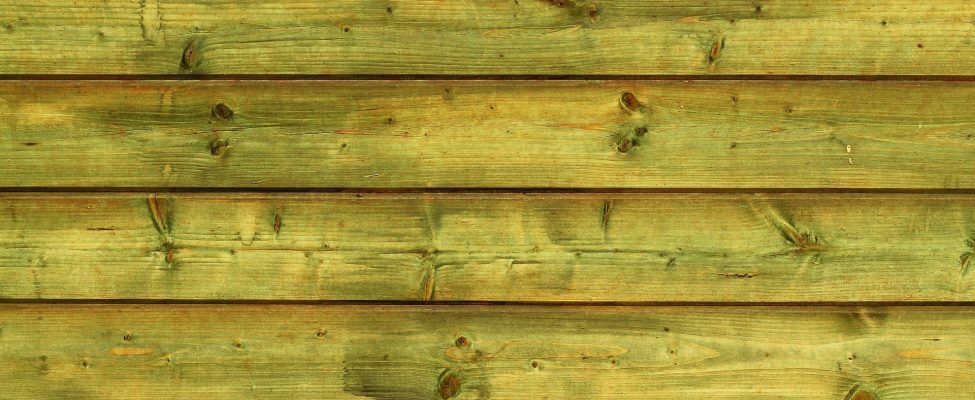Help tackle climate change- use more wood
The climate change conference, COP26, highlighted construction activity as major contributor to greenhouse gas emissions; it also highlighted that using more sustainable materials like wood could reduce emissions significantly. The environmental performance of construction products is in the spotlight like never before. In this respect, the environmental benefits of wood are compelling. By any measure of sustainability wood scores highly; it’s a renewable material that locks up the carbon absorbed by growing trees.
Using more wood however is not as simple as it may seem. That’s because the main softwood species used for building and landscaping lack the durability to deliver the performance required for some applications. The good news is that the durability of wood products can be enhanced using a factory controlled preservative treatment or wood modification process to protect against fungal decay and insects during its service life.
“Realising the full potential of wood as a sustainable, environmentally beneficial material goes hand in glove with realising the benefits of wood protection technology” says Gordon Ewbank, director of the Wood Protection Association (WPA).

Fit for purpose
Factory pre-treated softwood from managed forests are particularly suited to landscaping and outdoor structural applications. Like any other material though, treated wood must be correctly specified and installed to ensure specified its performance. Market research by WPA in collaboration with the Timber Trade Federation (TTF) has highlighted considerable misperceptions about treated wood products. For example, the research highlighted a widespread belief that all preservative treated wood had the same level of protection and could be used anywhere which is not the case. British Standards require that the treatment process is tailored to the end use. Wood for indoor application need lower levels of protection than wood products used out of doors. “Use a treated internal floor joist out of doors and the risk out premature failure is high” says Gordon Ewbank who confirms that the research was a huge wake-up call for the wood treating industry and has resulted in the TTF, WPA and other timber trade bodies working together improve buyer knowledge about how to specify and use treated wood correctly.
Follow the ground rules
Nowhere is the fitness for purpose of treated wood more important than for landscaping applications in direct contact with the ground – categorised as Use Class 4 applications in British Standards. “We know from a long-term field trial of timber fence posts being carried out by BRE that treated wood can be trusted in outdoor application’s says Gordon Ewbank who confirms that the WPA has established a number of ground rules to help ensure that treated wood supplied for ground contact applications is fit for purpose. First and foremost, make sure the supplier knows the timber is for a Use Class 4 application; secondly make sure the wood is treated by a process certificated under an independent quality scheme such as the WPA BenchmarkTM. And finally, remember that high performance materials do cost more.”
Article from “Landscape and Urban Design” in cooperation with The Wood Protection Association

Please contact BM Certification for more information on the WPA Benchmark TW Scheme.
Learn more about the WPA Benchmark TW scheme: https://bmcertification.com/wpa-benchmark-tw-scheme/